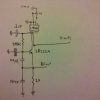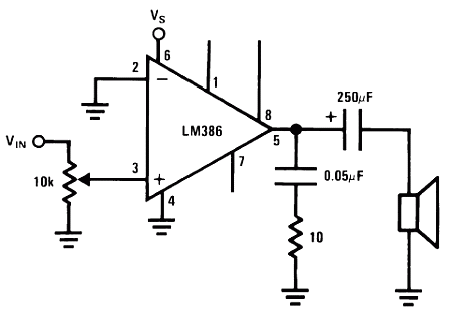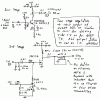I drew this schematic, its a QRP AM transmitter for 40 meters. Have not built it yet, does it look like it will work? This will feed an IRF510 Final amplifier section that I am building aswell.
Output should be about half a watt from this section, driving the IRF510 Final section and should put out about 5-7 watts.
T23
Output should be about half a watt from this section, driving the IRF510 Final section and should put out about 5-7 watts.
T23



